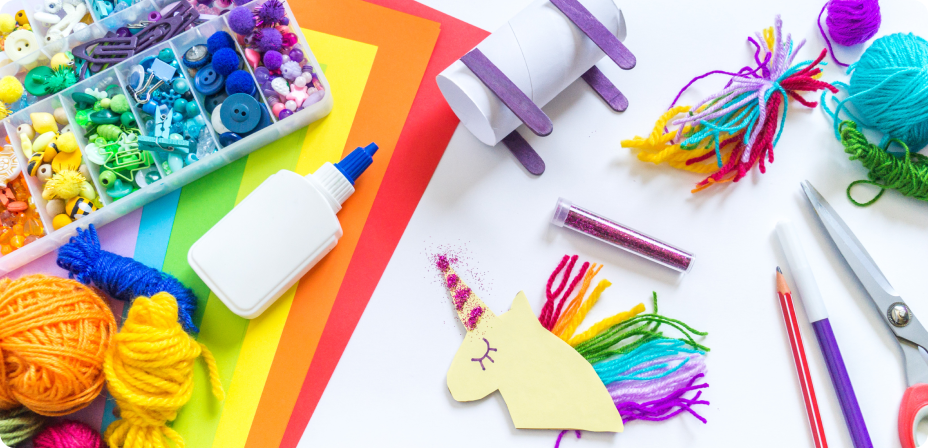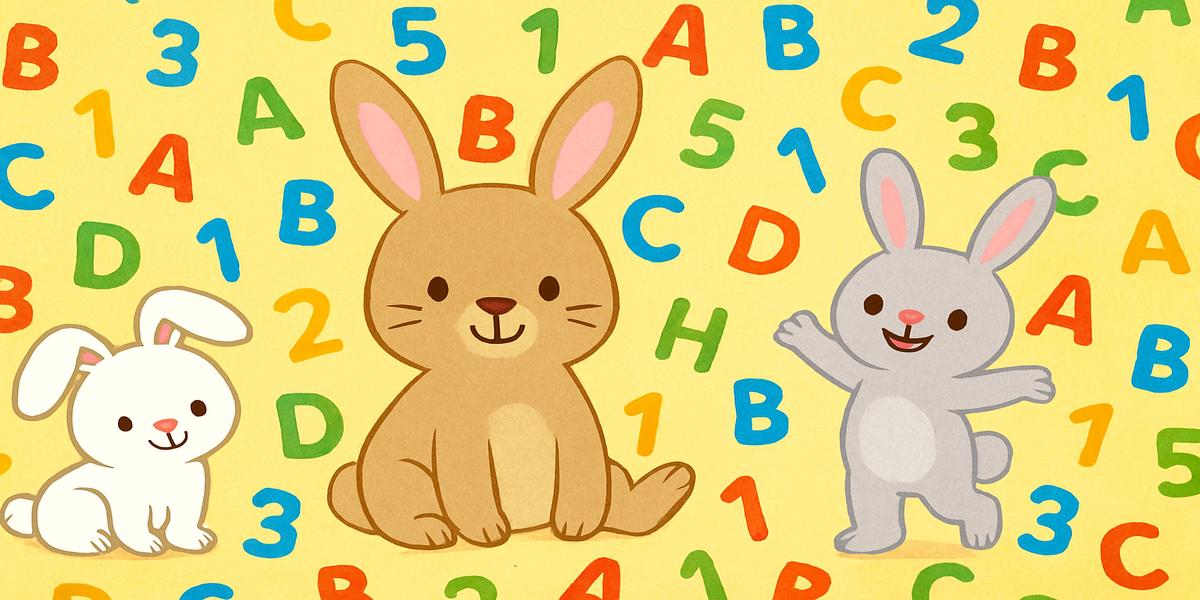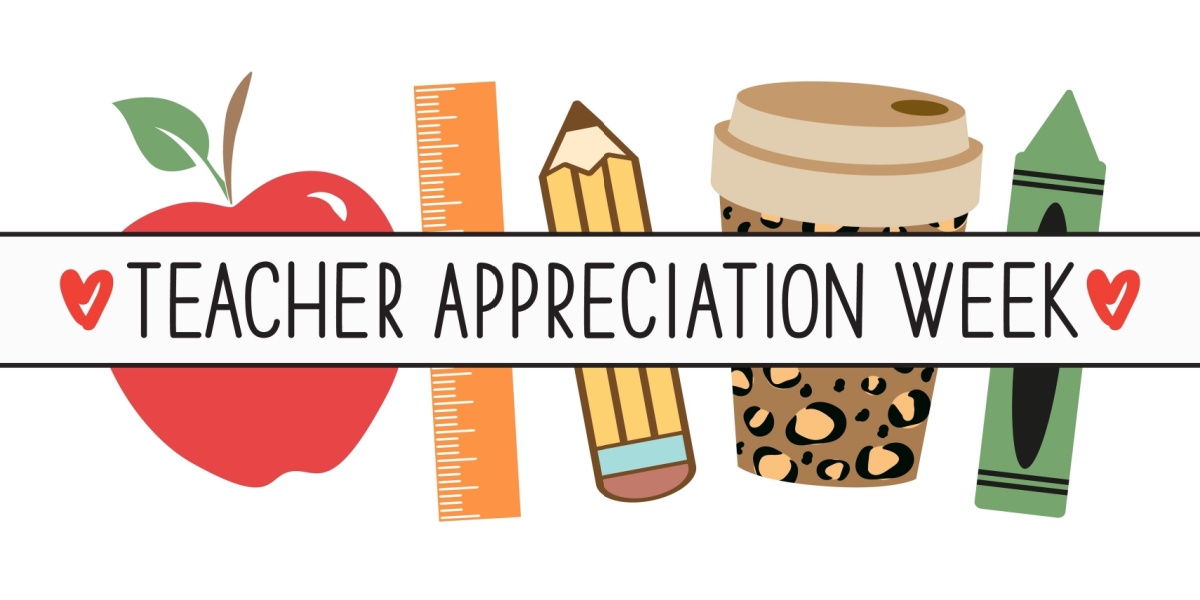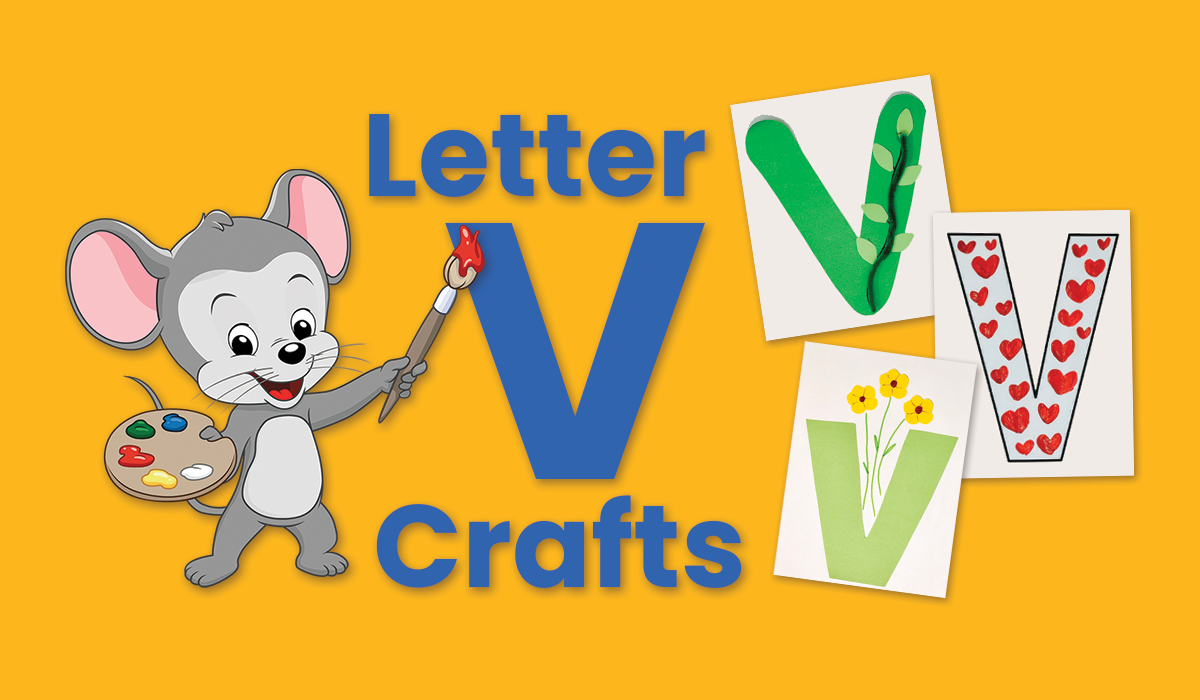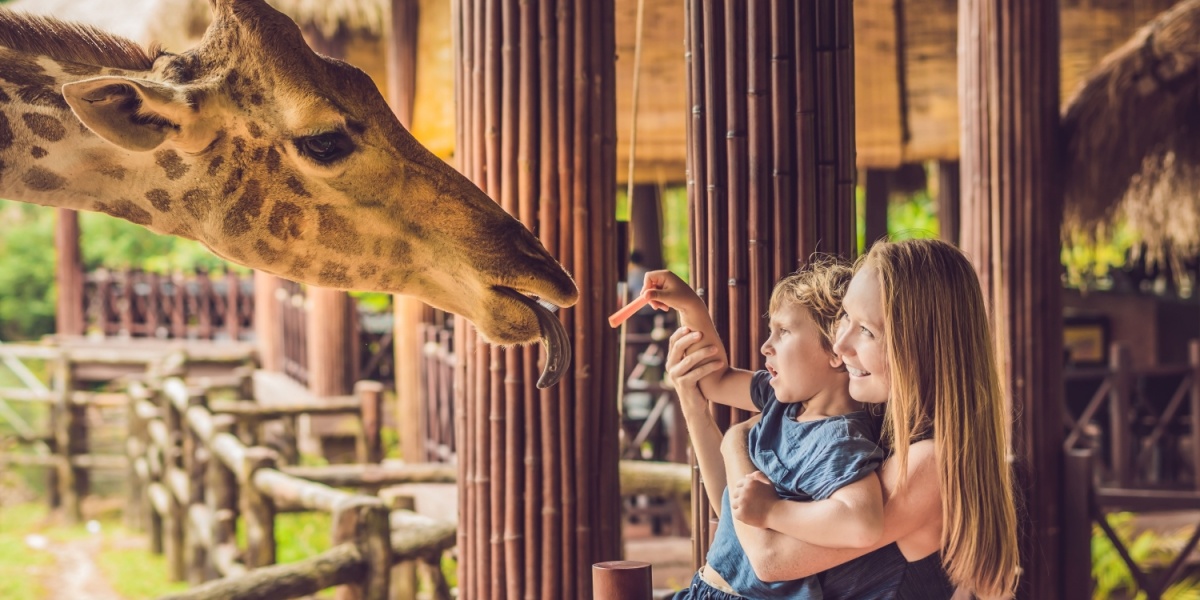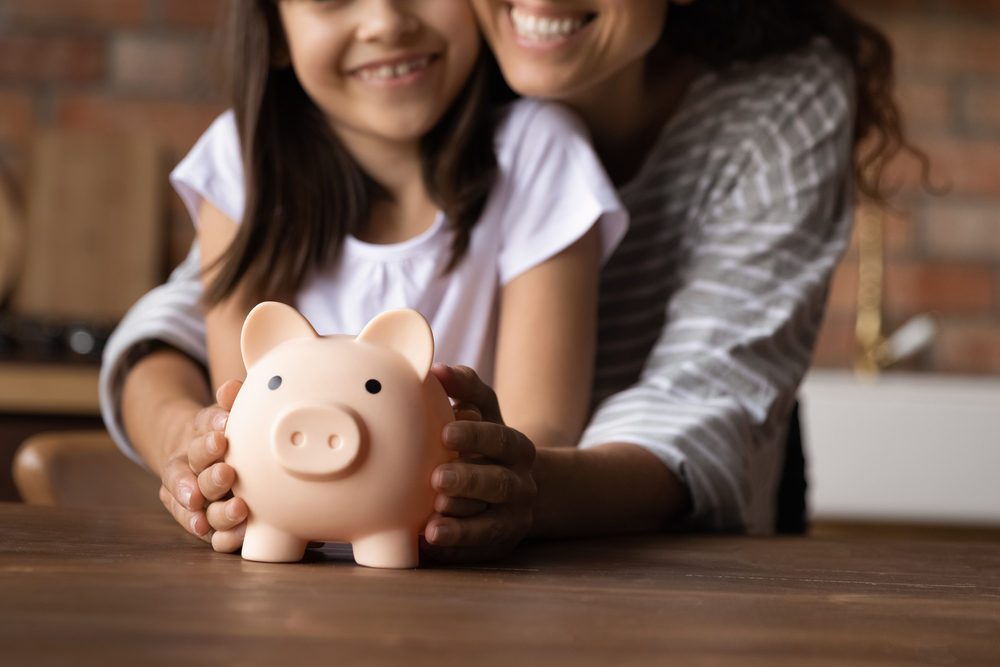35 Math Activities for First Grade
Share
Find dozens of ways to make math practice fun for first graders with these hands-on learning activities, games, songs, and printables.
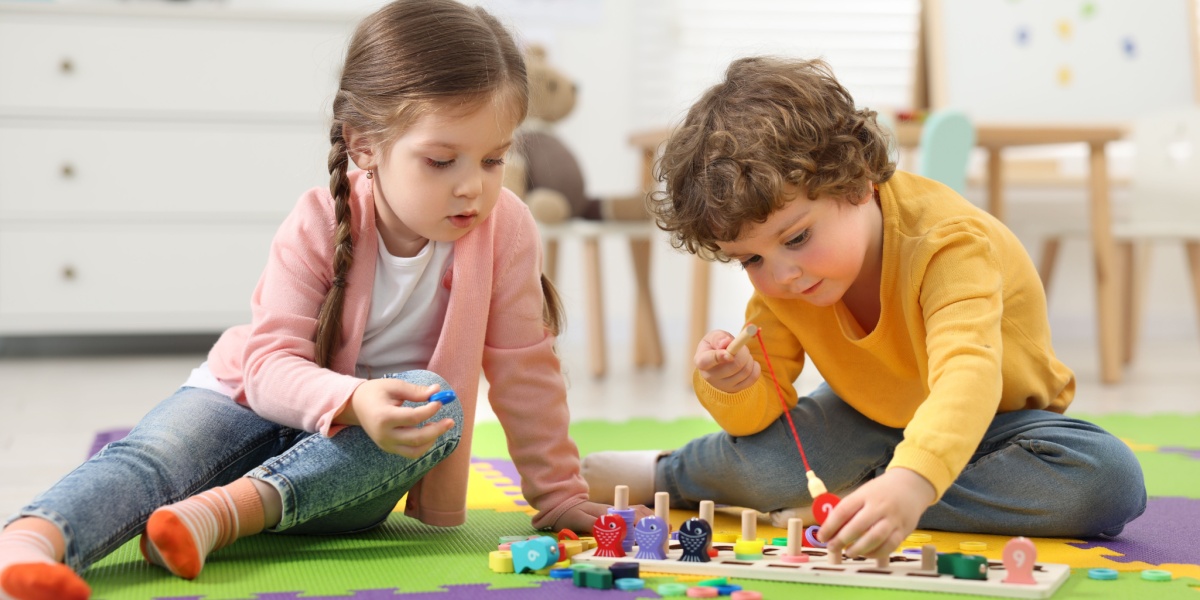
Kids enjoy math practice more when it’s engaging and fun, plus it builds positive associations with learning. When math is interactive and includes a variety of activities—such as hands-on experiences, play-based learning, songs, and games—children are more likely to stay motivated, focused, and eager to explore concepts.
The list of activities below use multiple approaches to learning, reinforcing key skills in different ways, which can help kids grasp new ideas and materials. See how many you and your first grader can try!
Counting and Place Value Activities
1. Place Value Scavenger Hunt
Go on a place value scavenger hunt through magazines or newspapers to find numbers that fit clues like “a 3 in the tens place” or “a 9 in the hundreds place.” This is a fun game to play on the go, too, using it more like a game of I Spy: “I spy a number with 7 in the ones place.”
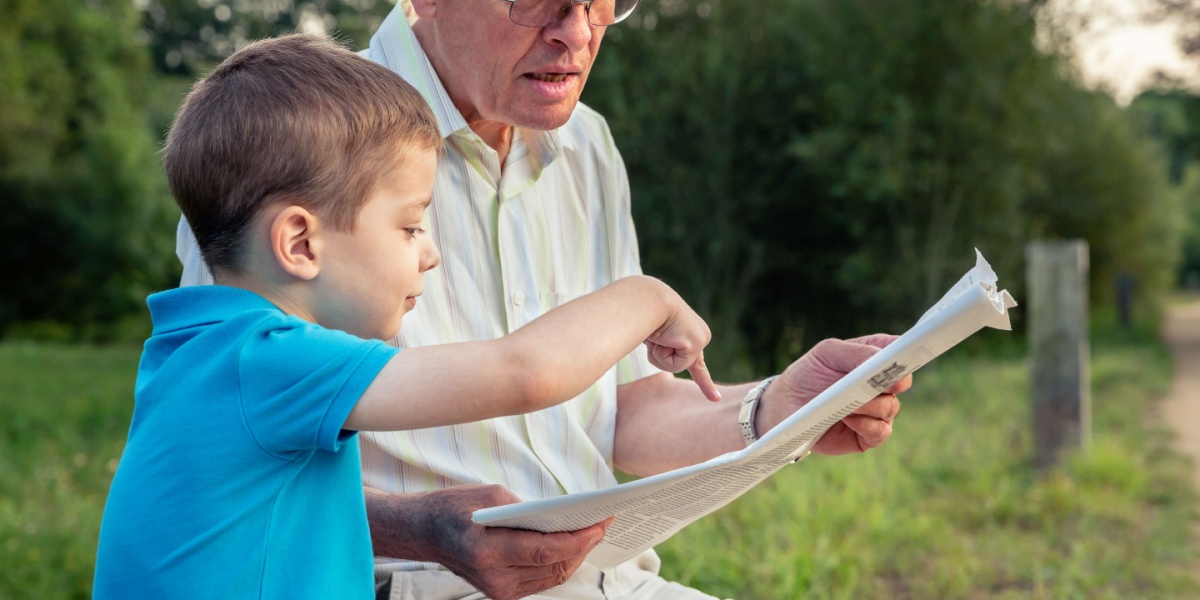
2. What Number Am I? with Place Value
Give your child place value blocks for tens and ones. Then, call out combinations like “I have 3 tens and 6 ones. What number am I?” Ask your child to lay out the correct number of each type of block, then call out the number they represent (in this case, 36).
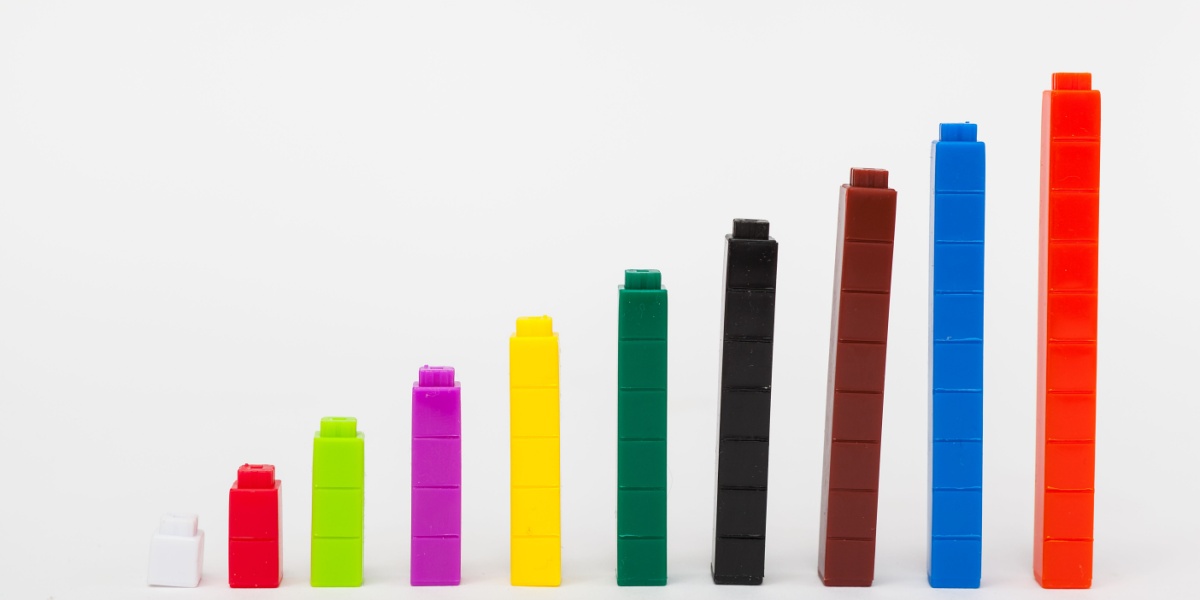
3. Connect the Skip Count Dots
Counting by 2s, 3s, 5s, and 10s gets kids ready for multiplication in the years ahead. Use our free skip counting connect-the-dots worksheets for a fun way to practice, then color in the pictures when you finish each one.
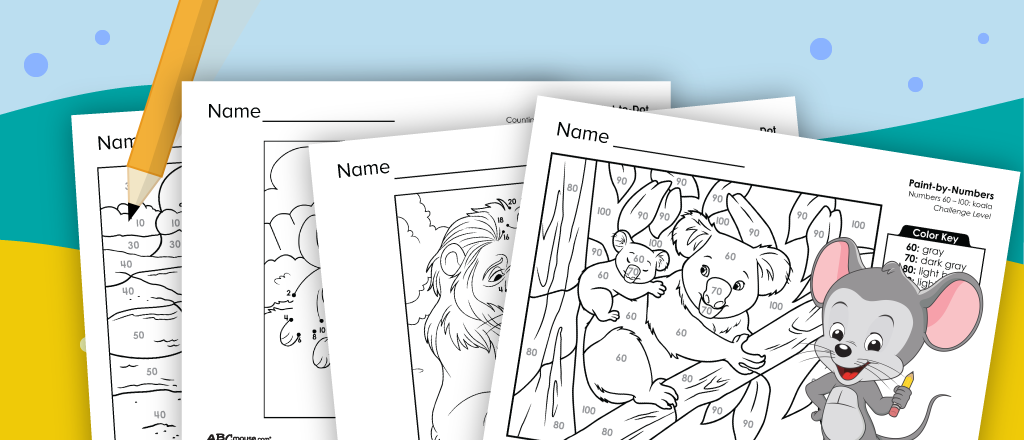
4. Count by 5s All Day Long
Here’s another fun way to practice skip counting, with a catchy tune that’s sure to make counting by fives easy and fun!
5. Uno Card War
The classic card game of War is really just some sneaky math in disguise! Use UNO cards to play. Flip two cards from your deck and arrange them into the tens and ones spots. The player with the highest overall number wins that round and takes all the cards. You can expand this game for hundreds and thousands spots as kids advance.
6. Bernie’s Library Maze
Bookworm Bernie needs your help to find his favorite book in this online game from ABCmouse. Help him through the library maze by skip counting by fives. You may need an ABCmouse subscription to play.
7. Number Chart Games
First graders should be working with numbers up to at least 120, and a 120 chart is a terrific tool. Print out our free chart and cut it into different puzzle-piece type sections, then have your child assemble it correctly. Use a blank chart and race to see how quickly your first grader can fill it in. Or, give your child a chart with some boxes left blank, and have them supply the missing numbers.
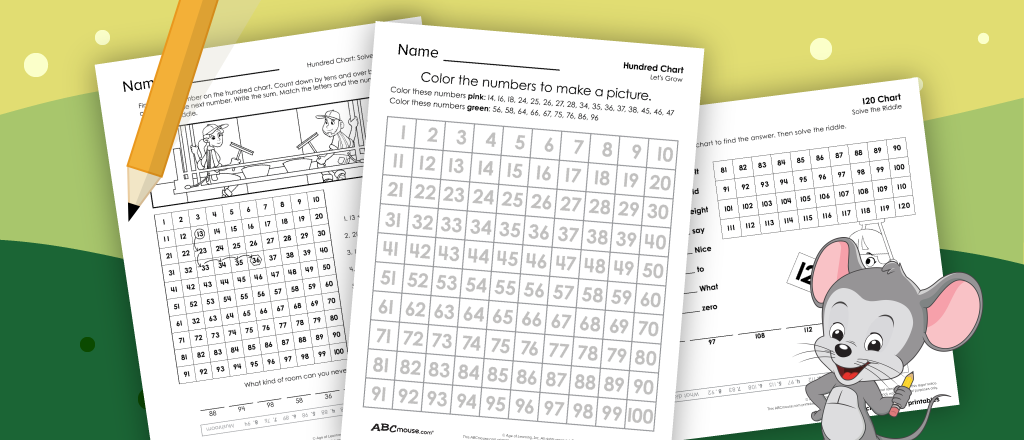
8. 120 Chart Construction
Get some more practice with 120 charts with this building-themed game that’s sure to appeal to young construction fans! You may need an ABCmouse subscription to play.
Addition and Subtraction Activities
9. Domino Addition and Subtraction
Lay dominoes out sideways, and have kids write an equation using the numbers of dots. You can use these for addition or subtraction practice. For instance, if a domino has 5 dots on the left and 3 on the right, the equation might be “5 + 3 = 8.” But it could also be “5 – 3 = 2.”
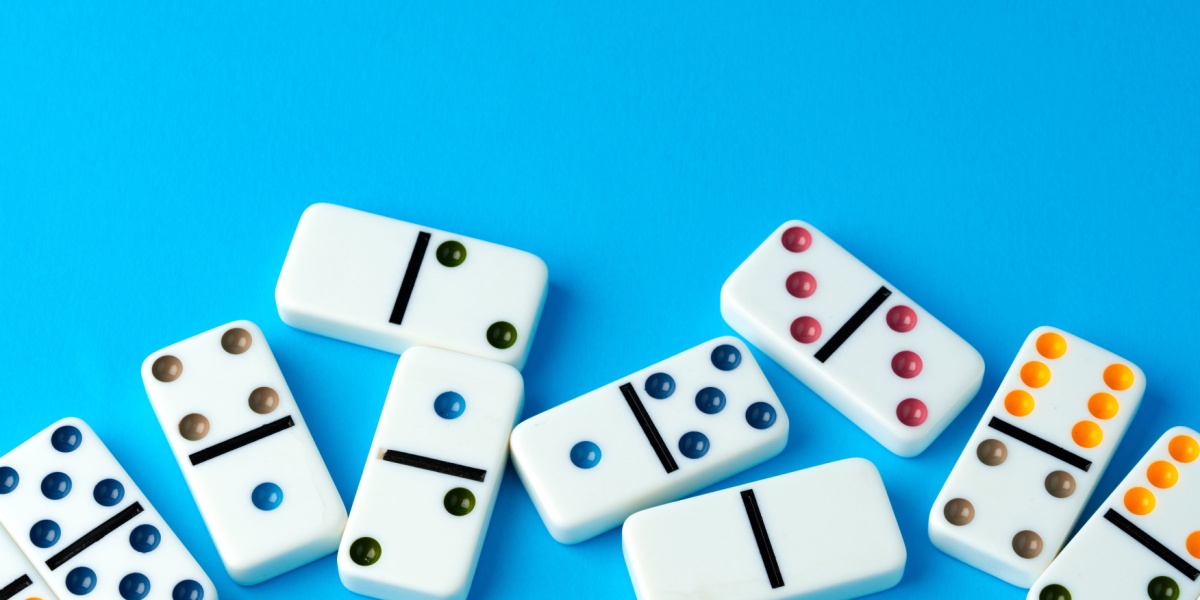
10. Playdough Smash Subtraction
You’ll need a 10 frame and some playdough for this activity that offers practice subtracting from 10. Your first grader will love rolling balls of dough to fill the 10 frame, then smashing the number being subtracted. Count the balls that are left, then write out the complete equation.
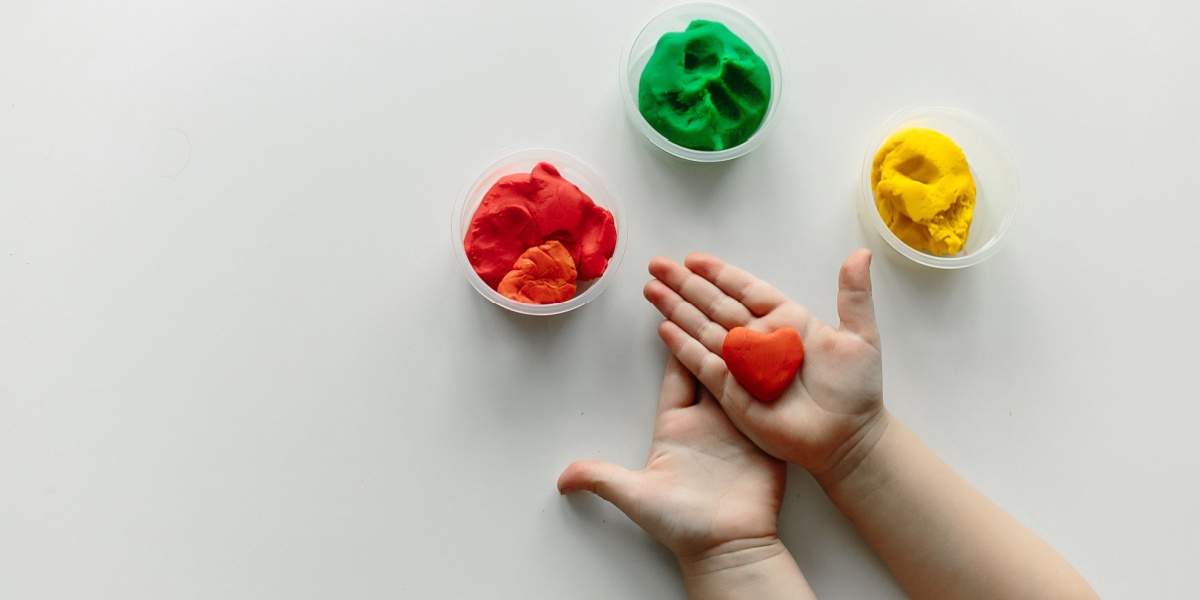
11. Ivan’s Math Masher Game
Get some practice subtracting within 20 alongside Ivan as he smashes his way to victory in this online carnival game from ABCmouse! You may need an ABCmouse subscription to play.

12. Stamped Equations
While you’ve got the playdough out, roll some flat and use number stamps to make equations for your child to answer. (If you don’t have number stamps, try number beads or magnets instead.)
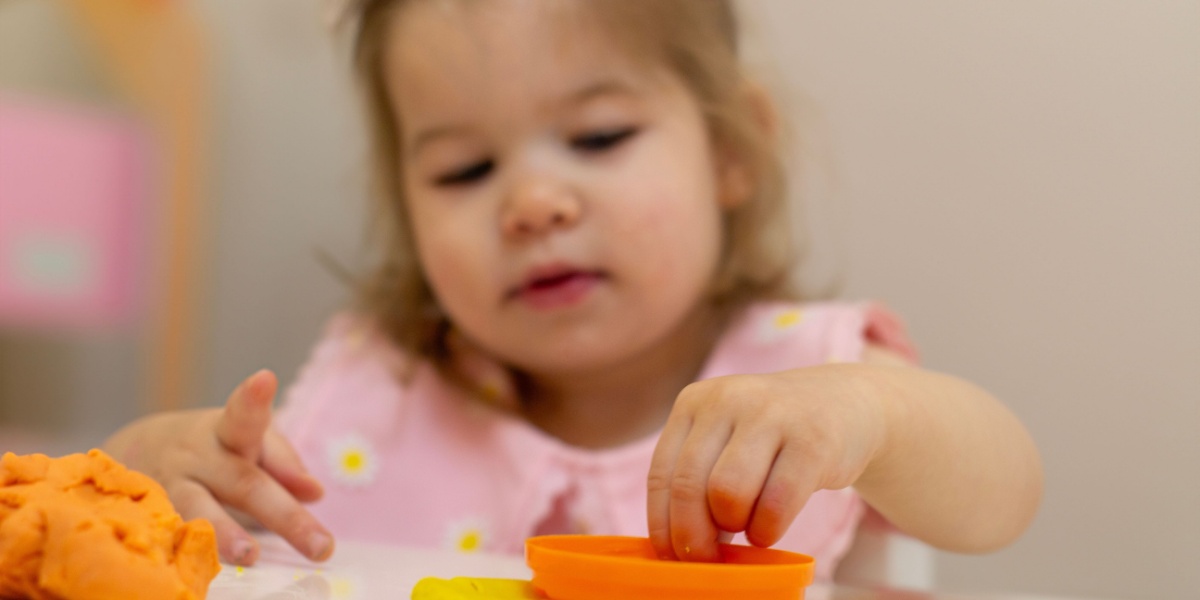
13. Flashcard Match
Choose a set of flashcards for your child to practice. Label bins with numbers representing the sums of cards, then see how quickly your child can sort the flashcards into the correct bins. For instance, cards like 5 + 2 and 3 + 4 would go into a bin labeled “7.”
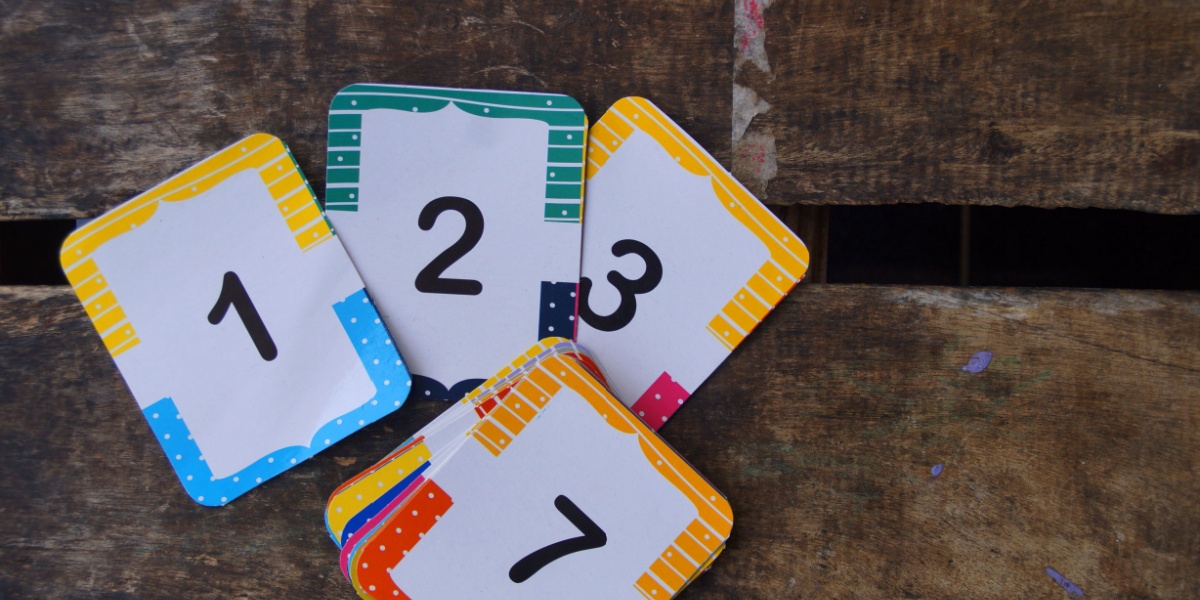
14. Prairie Dog Party Math Game
In this ABCmouse game, one little prairie dog needs to get to a party on time, and he needs your help in this online learning game. Clear the tunnel by adding two-digit numbers so he can be on his way! You may need an ABCmouse subscription to play.
15. Math Mazes
These free printable worksheets are such a fun way to practice addition and subtraction! They mostly focus on multi-digit equations, which may be a little advanced for some first graders, but they’re perfect when you’re looking for a bit of a challenge.
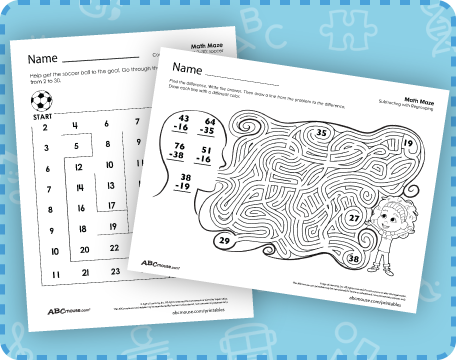
16. Color by Number
First graders should feel very comfortable with basic numbers by now, so put a twist on these printable color-by-number pages by combining them with flash cards. For example, if they pull the card 2 + 3, they solve to get 5, then color in one of the blocks that match the sum.
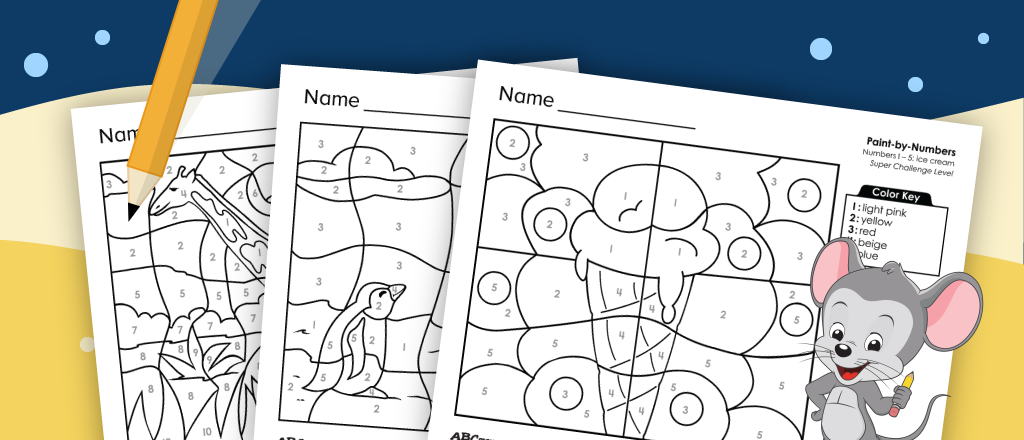
17. Story Problems
Bring a story problem to life with our fun video. Keep some scrap paper handy so you can work out the solution alongside Jessie. Then, continue the practice using these free first grade story problem worksheets.
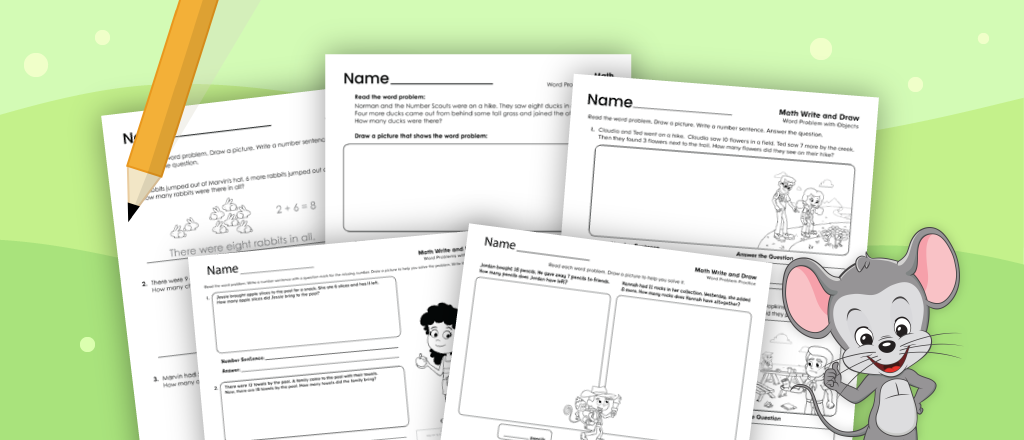
Telling Time and Money Skills Activities
18. Clock Egg Match
Plastic eggs are incredible DIY materials when creating hands-on math activities for your first grader. On one half of each egg, draw an analog clock showing the time to the hour and half hour. On the other halves, write the time in numbers (such as “3:30). Kids will have fun matching up the eggs for time telling practice.
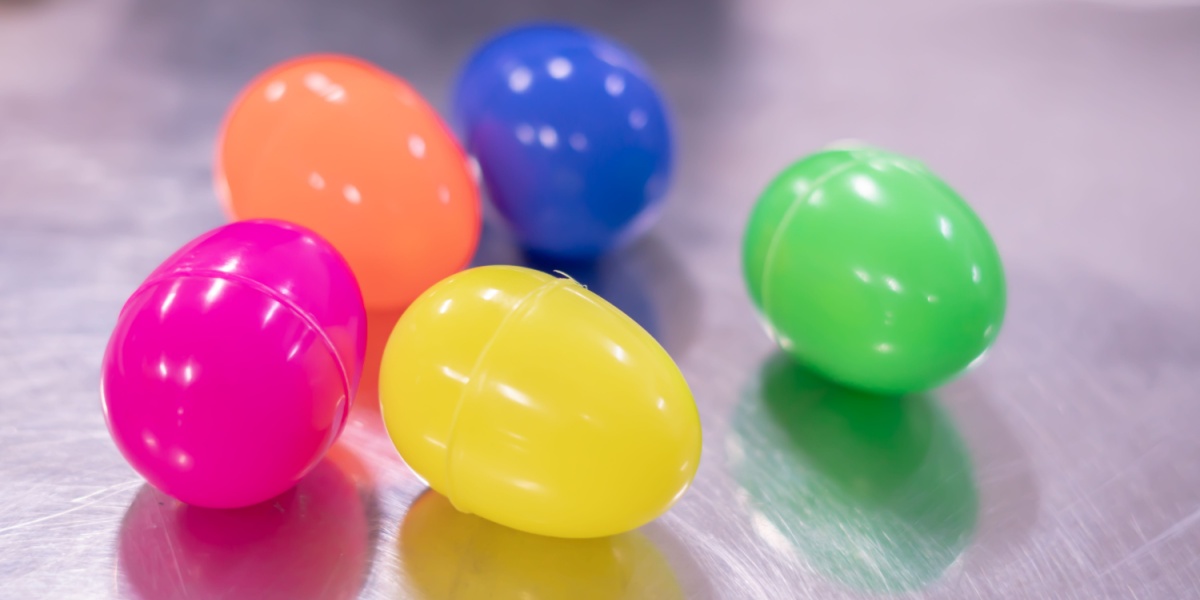
19. Paper Plate Clock
This is a classic first grade math activity: turn a paper plate into a clock! Write the numbers around the edges, then make the hands out of card stock. Use a brad in the middle to hold the hands in place but turn freely, then use it to practice telling time to the hour and half hour with your first grader.
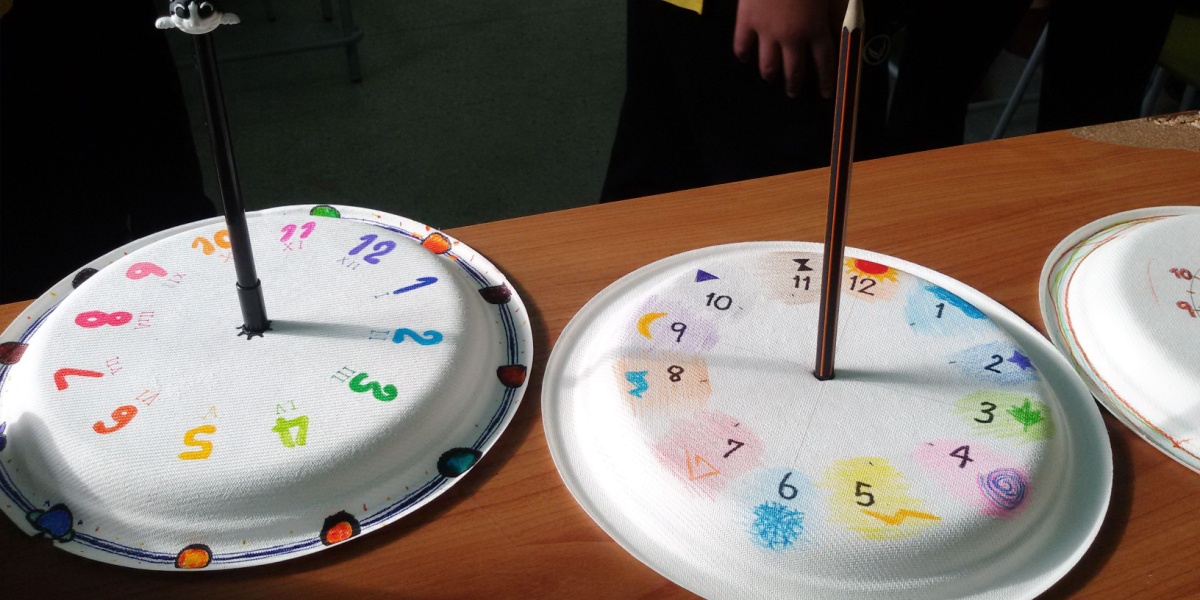
20. A.M. or P.M.
Help your child understand the meanings of these time-telling terms with a simple game. Make cards with activities like “eating dinner,” “bedtime,” or “making breakfast.” As you read out each activity, ask your child if it’s more likely to take place in the A.M. or P.M.
21. Money Mystery Bag
Place a handful of quarters, nickels, dimes, and pennies in a paper bag. Have your child close their eyes, then reach in and select a coin. Keeping their eyes closed, see if they can guess which coin it is by feel.
Encourage them to evaluate the thickness, size, and whether the edges are ridged or smooth. Once they identify it, ask them how much the coin is worth before they select the next one.
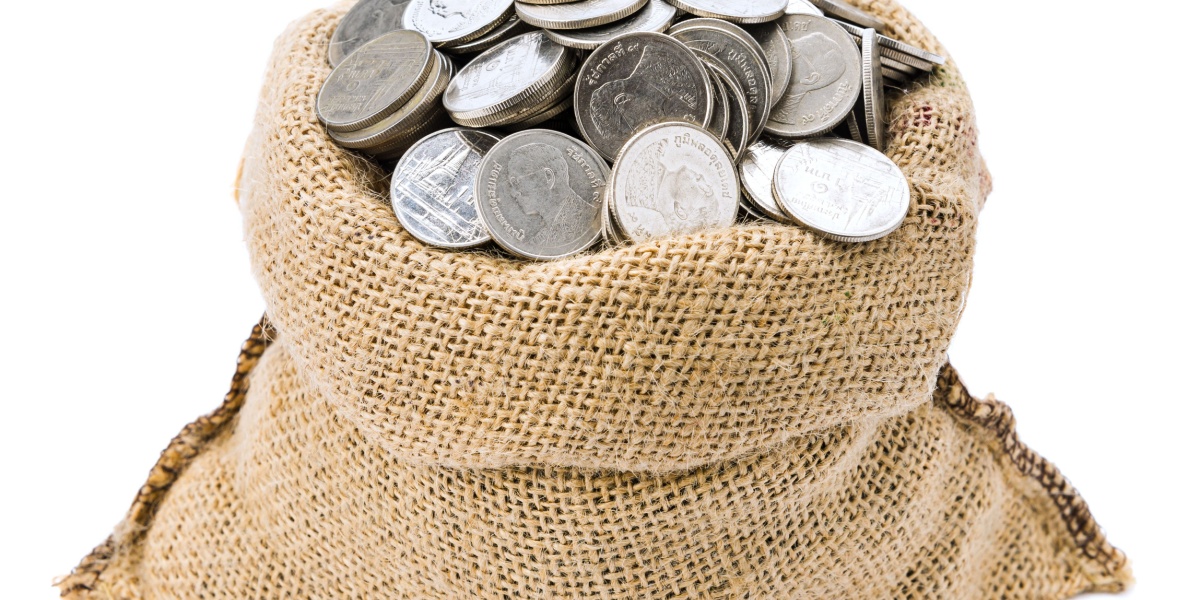
22. Marvin’s Presto Change-O Math Game
Help Marvin the magician count his change in this engaging online learning game from ABCmouse. You may need an ABCmouse subscription to play.

23. Coin Sticks
First graders should learn the various coins and bills we use for money. Glue combinations of plastic or real coins to wood craft sticks (or use a non-permanent adhesive like double-sided tape), then have your child draw one at random.
Ask them to name the coins they see, then figure out the total value of the stick. You can even write the answers on the back so kids can practice on their own.
24. Listen to the Coins! Song
Sing this catchy song together with your child, then try some of the free printable ABCmouse coins and money worksheets. You’ll find printable money to color and cut out, plus more hands-on activities like matching games and cut-and-paste shopping.
25. Clock Coloring
Grab these free printable time-telling worksheets with clocks you can color after you write in the correct time. For first graders, focus on the clocks with times to the hour and half hour, then try quarter hours for a bit of a challenge.
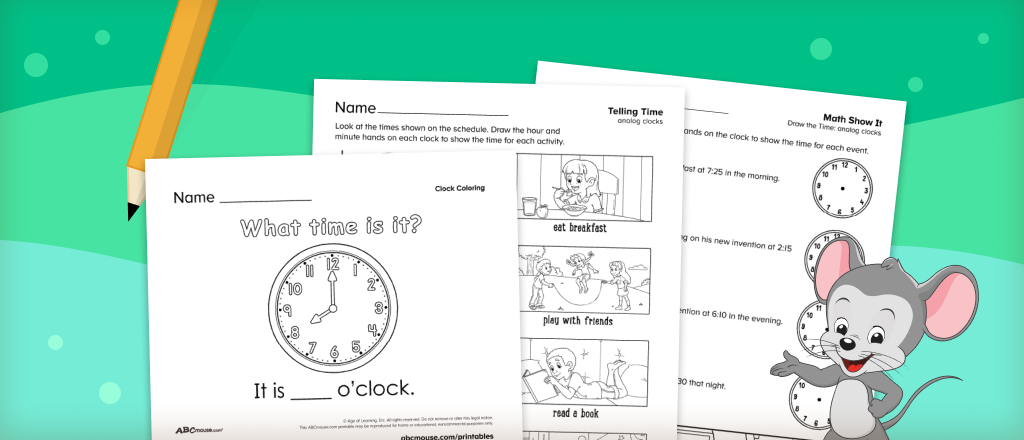
26. Coin Skip Counting
Combine practical money skills with skip counting by using nickels and dimes to practice skip counting. This is a quick first grade math activity you can do anywhere with just a handful of coins!
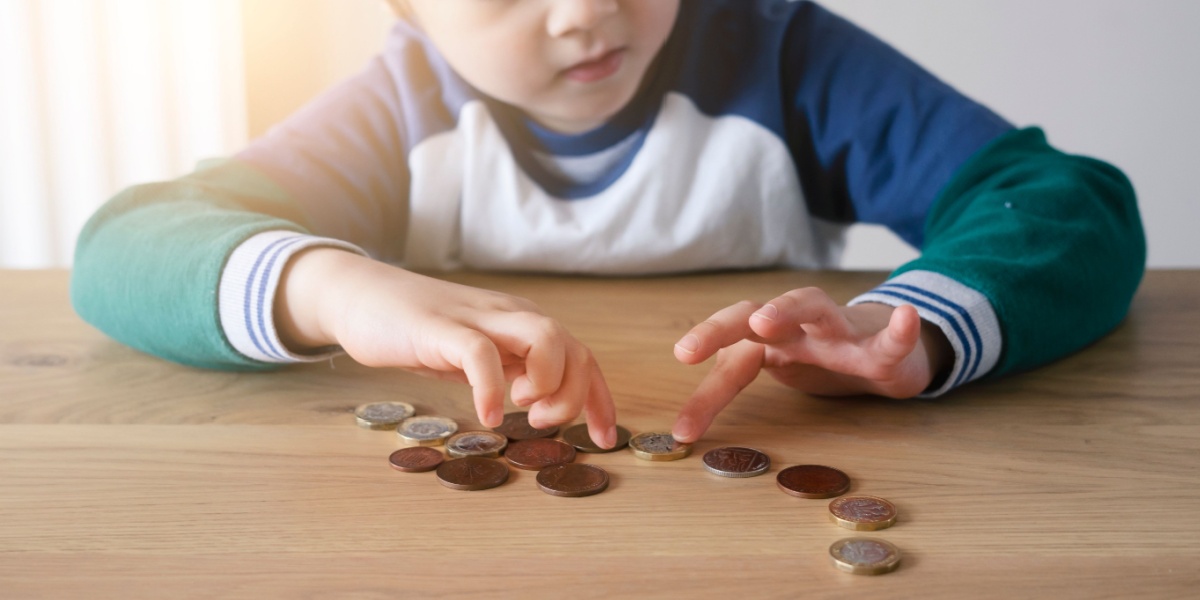
Patterns and Measurement Activities
27. Pattern Block Shapes
First graders are mastering more complicated shapes and patterns, and pattern blocks are a must-have tool at this age. Ask your child to combine smaller blocks to make larger shapes; for instance, can they put together triangles to form a square? See more pattern block ideas in our collection of printable worksheets.
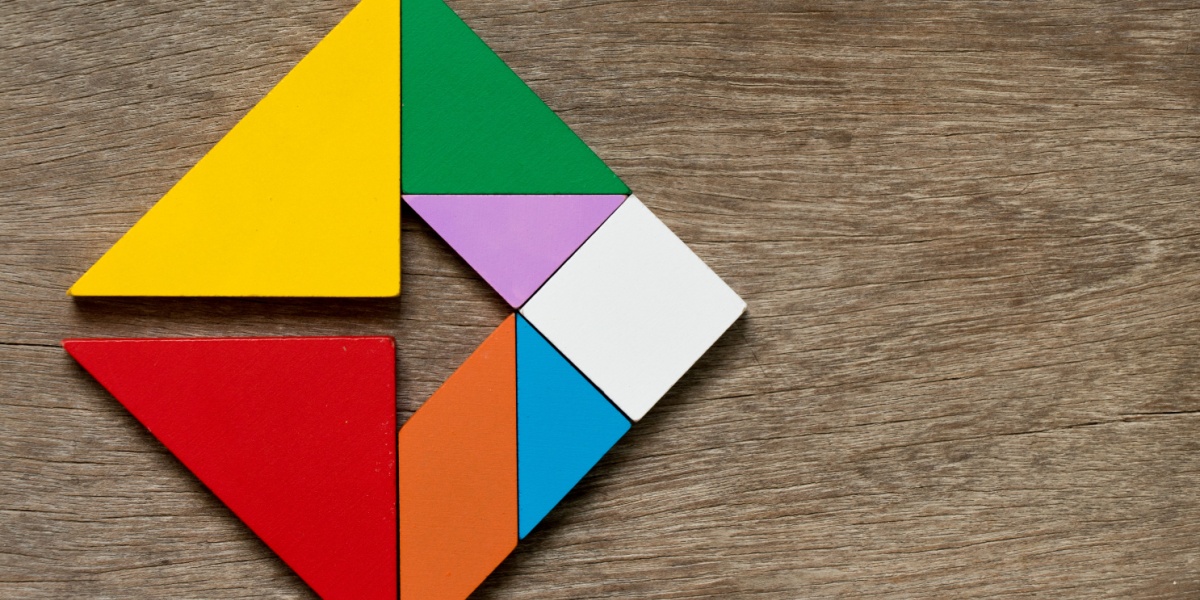
28. 3D Marshmallow Shapes
Kids this age should start learning 3-D shapes too, and one of the most fun ways to do that is with drinking straws and marshmallows! This introduces the idea of lines and vertices. Use the marshmallows at the vertices to build the drinking straws into shapes like cubes and pyramids.
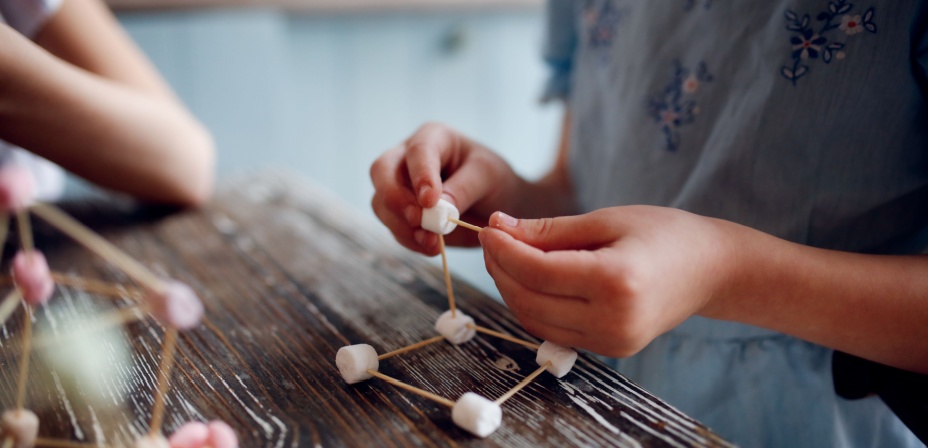
29. Feet or Inches
Get kids ready for more advanced measurement activities by assessing whether an object should be measured in feet or inches. For instance, you’d measure the length of a car in feet, but the width of the steering wheel in inches. Try this in the real world, then use the worksheet in our free measurement bundle for more practice.
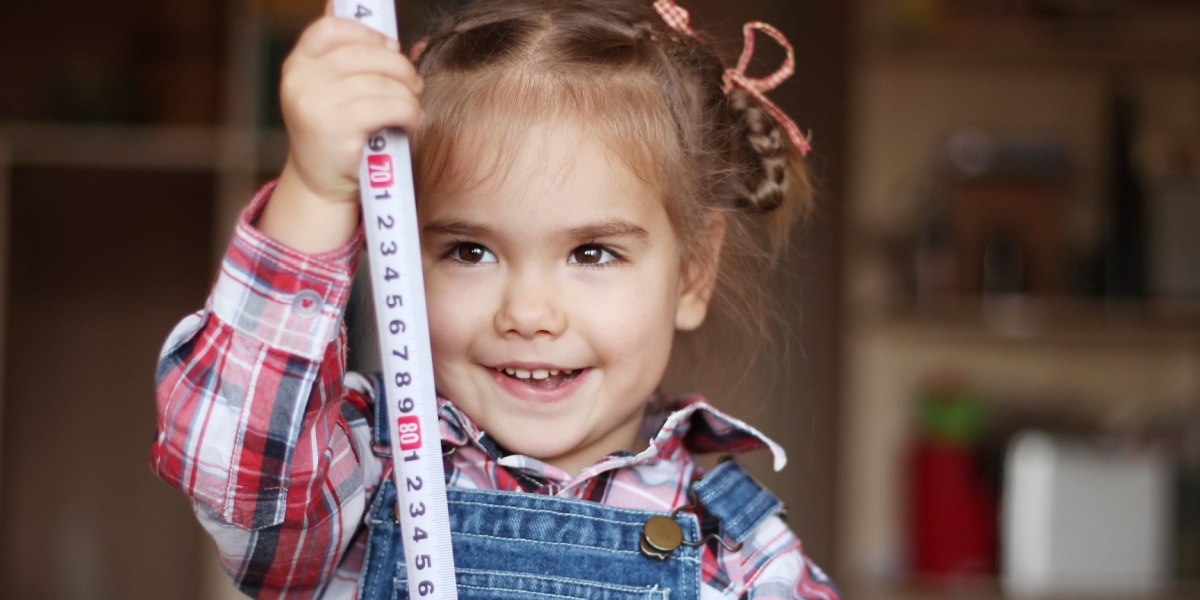
30. Carnival Measuring Game
Carry on the measurement theme in this online learning game from ABCmouse, where you’ll decide whether to measure objects around the carnival using a ruler or a tape measure based on their general size. You may need an ABCmouse subscription to play.

31. Find the Shapes
One of our favorite shapes worksheets in this free bundle is the spider web shape hunt. Kids hunt down 2D shapes like squares, hexagons, and trapezoids among the random strings of the spider’s web. Plus, there are lots of other fun shapes activities to try!
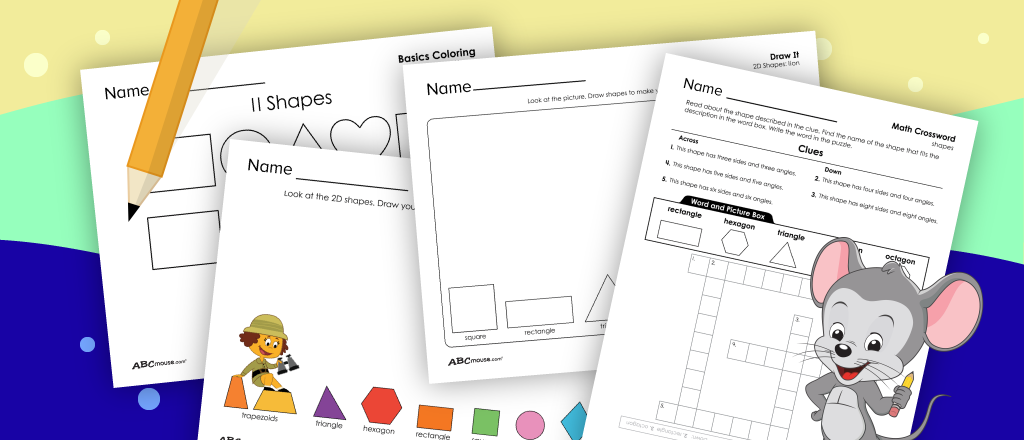
32. Shawna’s 3D Shapes Song
Introducing 3D shapes means learning a whole lot of new words. Make them easier to remember by singing along with Shawna to this clever song!
33. Pattern Bracelets
Lay out yarn and beads, then create a bracelet using a repeating pattern. Then invite your child to create a bracelet following the same pattern. Now you have matching bracelets to wear together! Make new ones every day to match your outfit or root for your favorite sports teams.
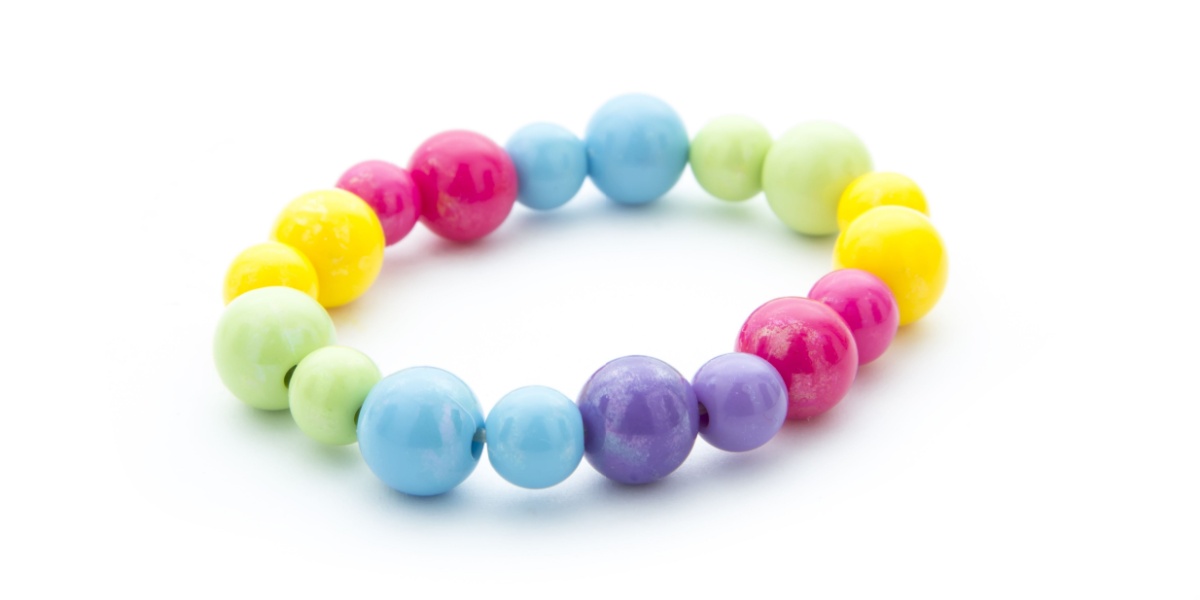
34. Shape Hunt
This one is great for active math practice around the house. Set a timer for 30 seconds, and ask your child to find and bring you something that matches a specific shape before the buzzer goes off. Include both 2D and 3D shapes, like circles (e.g. cookies) and spheres (e.g. basketball).
35. Shape Bingo
Young learners love a good game of bingo, so print these free printable shape bingo cards and round up some players! Choose from colorful cards or black-and-white versions that kids can color as they play.
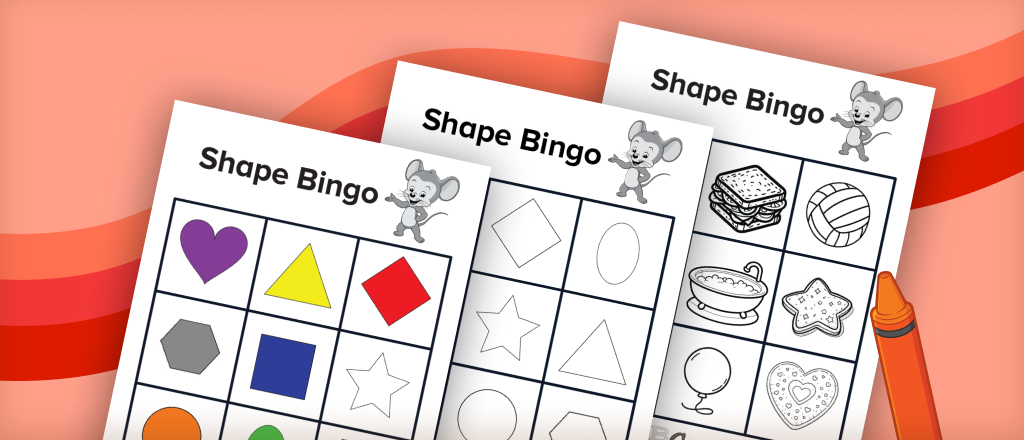
Mathematics Activities with ABCmouse
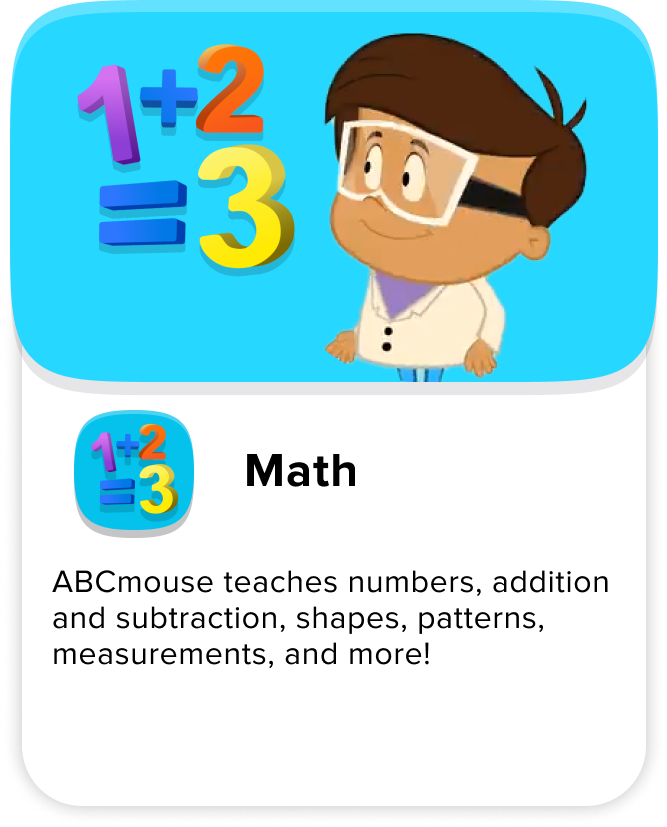
ABCmouse’s math program was designed by experts to help children build math skills starting in preschool. Interactive online lessons, games, videos, songs, and more activities engage kids in the process right from the start. Worksheets and other offline activities support and enhance your child’s learning. Find out more about the ABCmouse math program and join today!
Related Activities
-
Free Online Bunny Themed Games for Kids
Play free bunny-themed games that build early math and reading skills with fun mazes, alphabet hops, and adorable activities for kids.
-
Teacher Appreciation (Free Printable!)
Celebrate teachers with free printables and easy gift ideas for kids—coloring pages, thank-you notes, and creative ways to show appreciation.
-
Letter V Crafts and Activities
Explore fun, hands-on crafts for the letter V—perfect for preschoolers learning through creative alphabet activities and art projects.
-
Earth Day Scavenger Hunt (Free Printable!)
Explore nature with a free printable Earth Day scavenger hunt—perfect for outdoor fun and learning with young kids.
-
25+ Zoo Themed Activities and Games for Kids
Zoo games, crafts, and coloring pages spark learning fun for kids who love animals and hands-on activities—online or at the zoo!
-
ESA Accounts for Education Costs
Learn how to use Education Savings Accounts to pay for early learning, online programs, and more—plus find your state’s ESA info.




